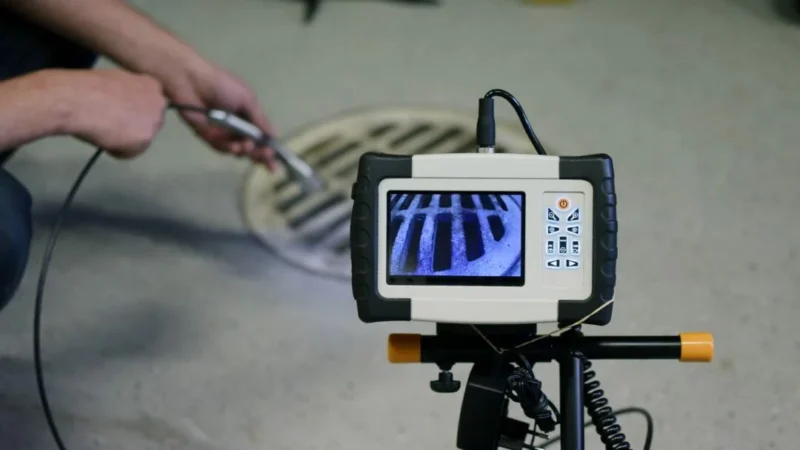Current Transducer: Enabling Precise Current Measurement and Control

Current transducers work based on the principle of electromagnetic induction. The conductor carrying the current passes through the primary winding, creating a magnetic field around it. The secondary winding is connected to a measuring device or circuit, and the changing magnetic field induces a current in the secondary winding proportional to the primary current.
A current transducer, also known as a current sensor or current transformer, is an electronic device used to measure or monitor electrical currents in various applications. Its primary function is to convert the current passing through a conductor into a proportional electrical signal that can be easily measured and processed by other instruments or systems. Let’s explore the key aspects and functionalities of a current transducer.
Current Sensing: Current transducers enable the measurement of alternating current (AC) or direct current (DC) in a circuit without physically breaking the circuit itself. By placing the conductor carrying the current through the primary winding, the transducer detects the current flow without causing any interruption or additional resistance to the circuit.
Signal Conversion: The current transducer’s primary purpose is to convert the primary current into a usable secondary current or voltage signal. This secondary signal is proportional in magnitude and phase to the primary current and can be easily measured, displayed, or further processed by other instruments or systems, such as data loggers, control systems, or power monitoring devices.
Isolation and Safety: Current transducers often provide galvanic isolation, which means there is no direct electrical connection between the primary and secondary circuits. This isolation ensures safety by protecting sensitive measurement devices or control systems from high voltages or currents present in the primary circuit. It also helps to prevent electrical interference or noise from affecting the measurement accuracy.
Accuracy and Range: Current transducers are designed to offer high accuracy and precision in current measurements. They can handle a wide range of current levels, from milliamperes to thousands of amperes, depending on the specific model and application. It is essential to select a transducer with an appropriate current range and accuracy level to suit the specific requirements of the application.
Application Areas: Current transducers find applications in various industries and systems. They are commonly used in power distribution and energy management systems, motor control systems, renewable energy systems, industrial automation, HVAC systems, electrical testing and monitoring equipment, and electrical safety systems. They provide crucial information for system optimization, control, and protection.
In summary, a current transducer is an essential component for accurate and safe current measurements in various electrical systems and applications. It converts the primary current into a proportional secondary signal, ensuring compatibility with measurement devices and enabling precise monitoring, control, and protection of electrical systems.






